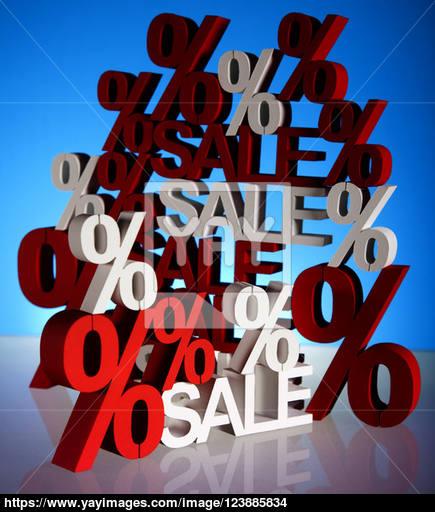Colorful Tone: A Multidimensional Introduction
Are you ready to dive into the vibrant world of colors? The way colors affect our emotions and perceptions is fascinating, and in this article, we’ll explore the colorful tone from various dimensions. So, let’s embark on this journey of discovery and appreciation.
History of Color Theory
The concept of color theory has been around for centuries. It began with the ancient Greeks, who believed that colors were derived from the four elements: earth, air, fire, and water. Over time, color theory evolved, and today, it plays a crucial role in art, design, and even psychology.

Color Psychology
Colors have the power to evoke emotions and influence our behavior. For instance, red is often associated with passion and energy, while blue is linked to calmness and trust. Here’s a table showcasing the psychological effects of some common colors:
| Color | Psychological Effect |
|---|---|
| Red | Passion, energy, danger |
| Blue | Calmness, trust, stability |
| Green | Peace, harmony, growth |
| Yellow | Joy, optimism, happiness |
| Purple | Royalty, spirituality, mystery |
Color in Art
Artists have always used colors to convey emotions and tell stories. The use of color in art can be seen in various movements and styles. For example, the Fauvists, a group of early 20th-century artists, embraced vibrant colors to express their emotions. Here are some famous artists and their color palettes:
| Artist | Color Palette |
|---|---|
| Pablo Picasso | Blue and rose periods, with a mix of warm and cool colors |
| Vincent van Gogh | Dynamic brushstrokes, with a focus on vibrant colors like blue and yellow |
| Henri Matisse | Strong, saturated colors, often with a focus on red and blue |
| Mark Rothko | Large, abstract forms with soft, muted colors |
Color in Design
Color plays a vital role in design, from web design to interior design. The right color scheme can make a space feel welcoming, calming, or even exciting. Here are some tips for using color in design:
- Understand the color wheel and its relationships between colors.
- Choose a color scheme that complements your brand or the space you’re designing.
- Consider the psychological effects of colors when making design decisions.
- Use color to create contrast and draw attention to important elements.
Color in Fashion
Fashion is a canvas for color experimentation. Designers use colors to express trends, emotions, and personal style. Here are some popular color trends in fashion:
- Neon colors: Bright, eye-catching colors like neon pink, green, and yellow.
- Earth tones: Natural, muted colors like olive, beige, and brown.
- Pastels: Soft, delicate colors like lavender, mint, and sky blue.
- Black and white: Classic, timeless colors that never go out of style.
Color in Nature
Nature is a beautiful palette of colors. From the vibrant flowers in a garden to the serene hues of a sunset









